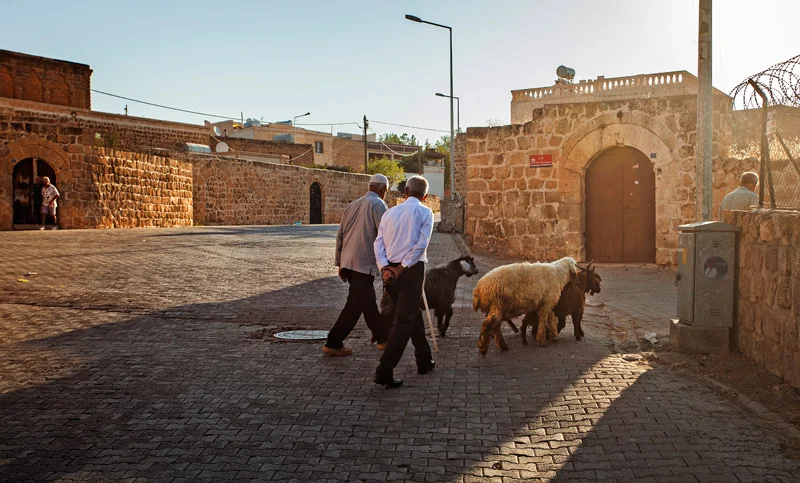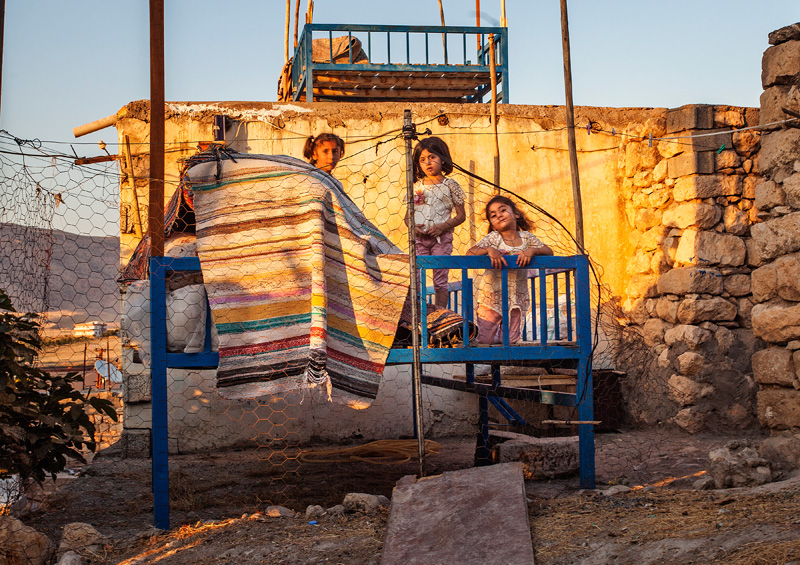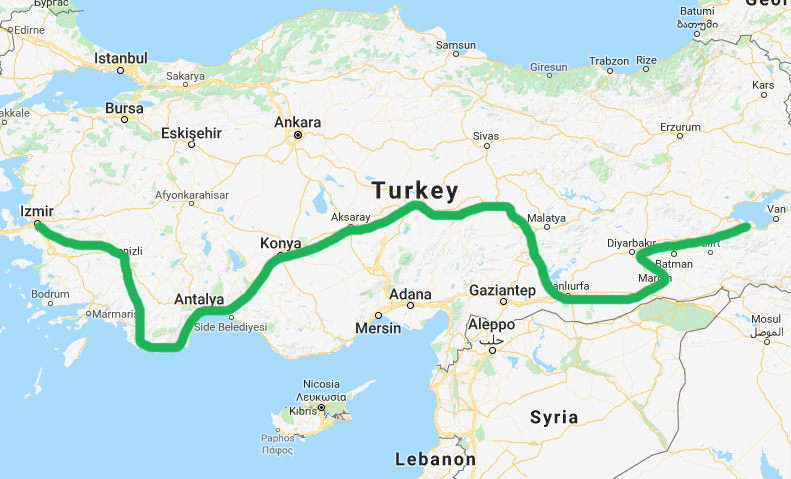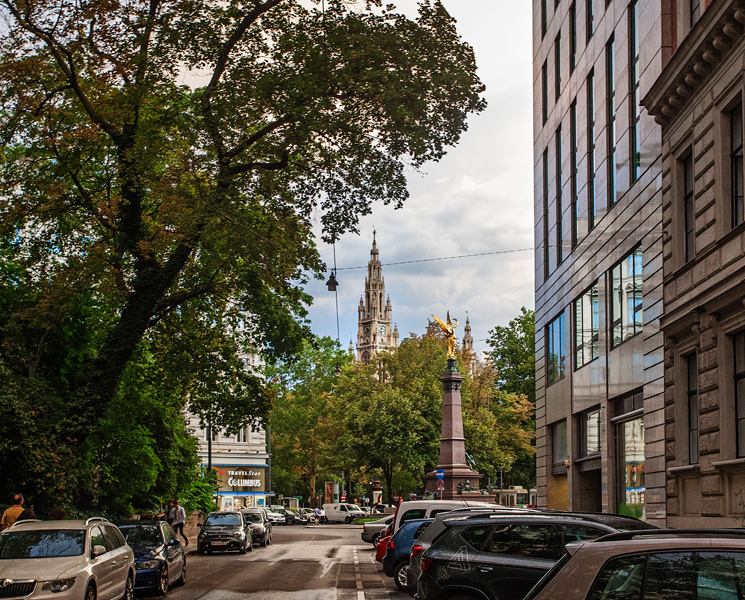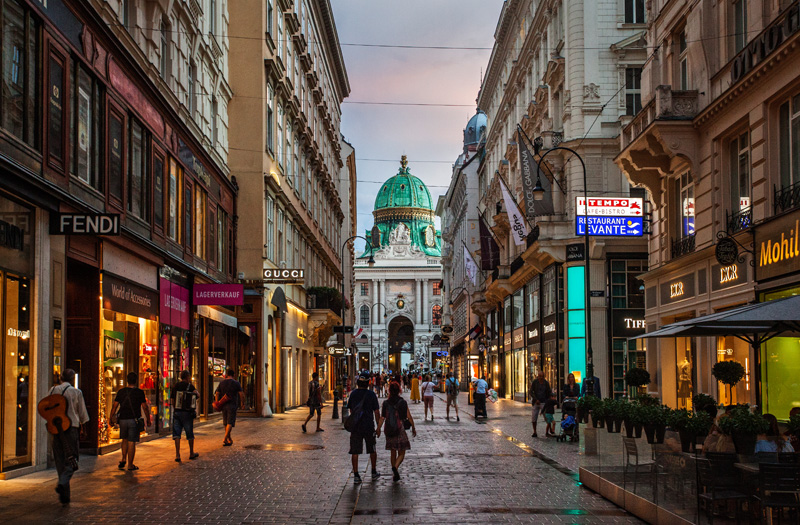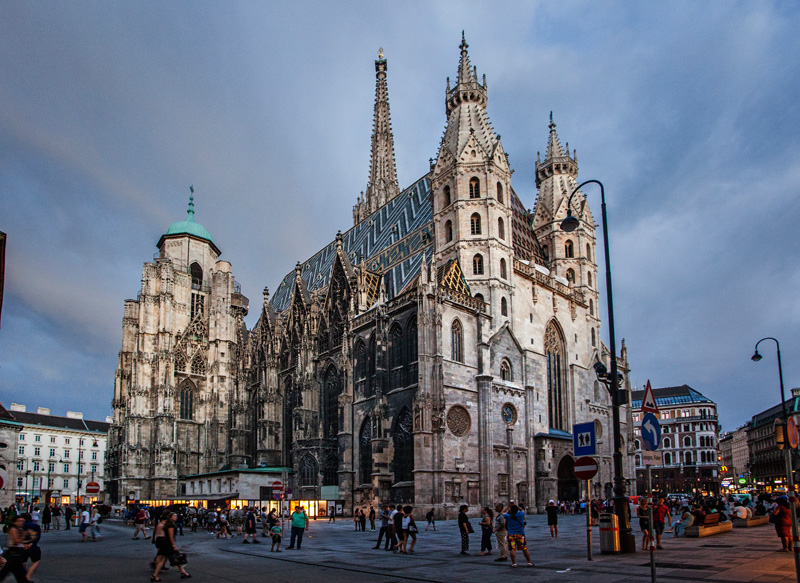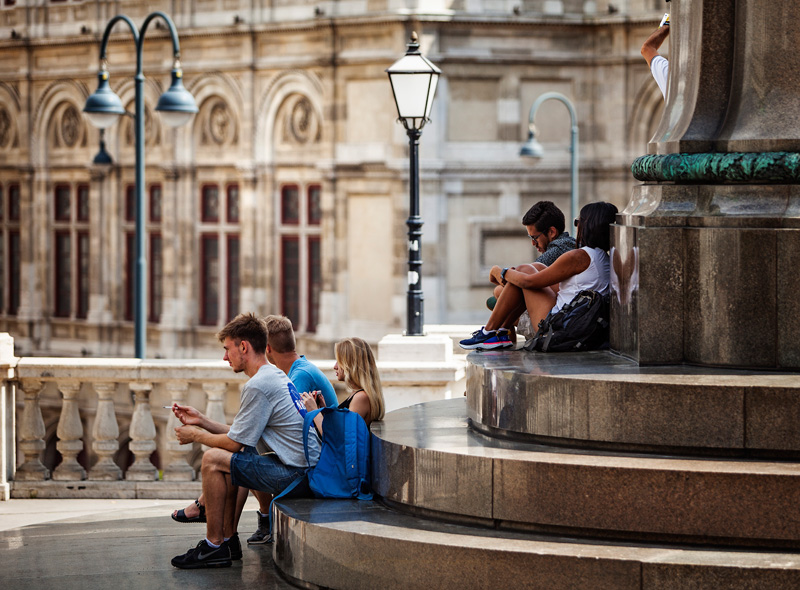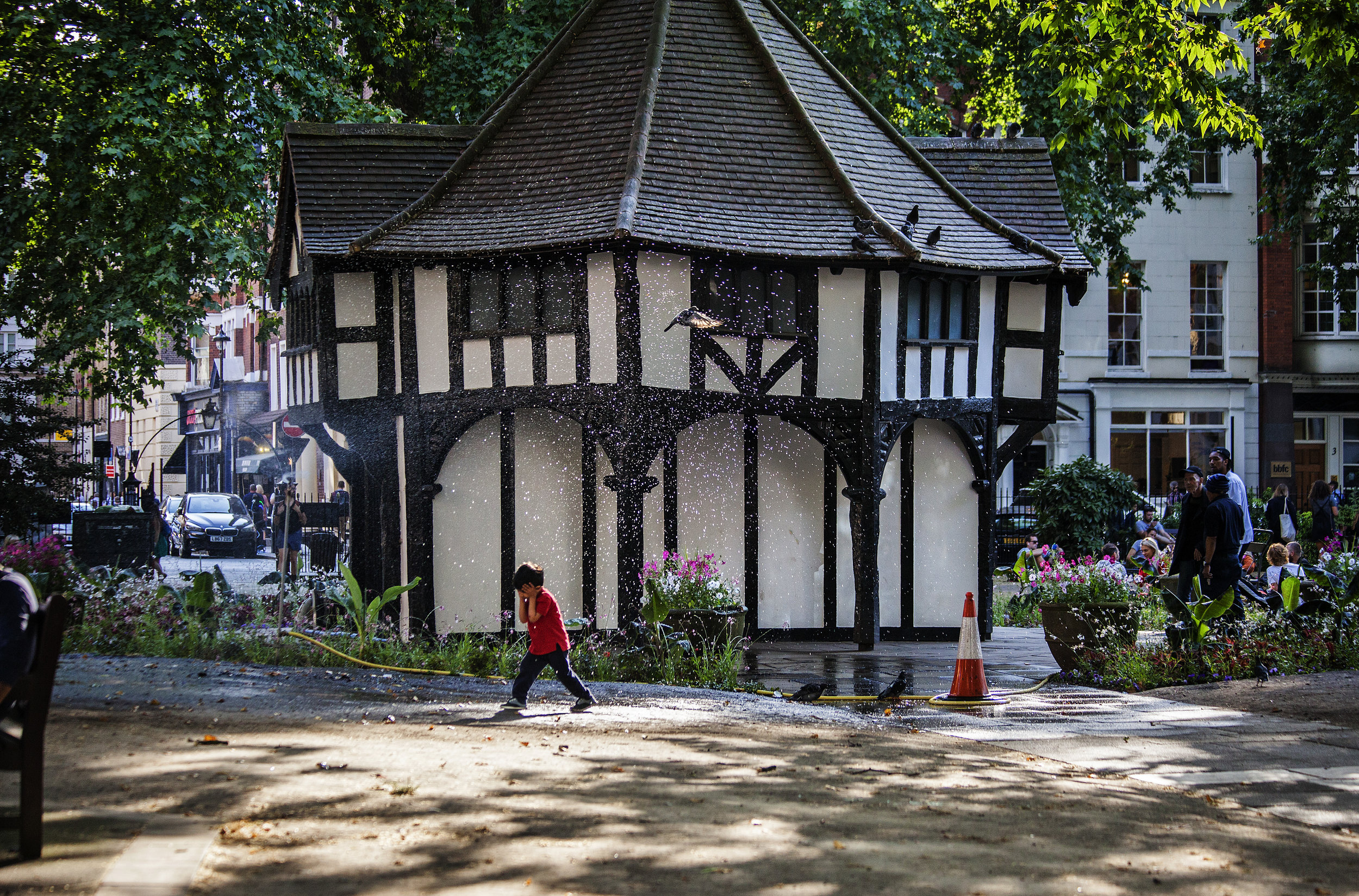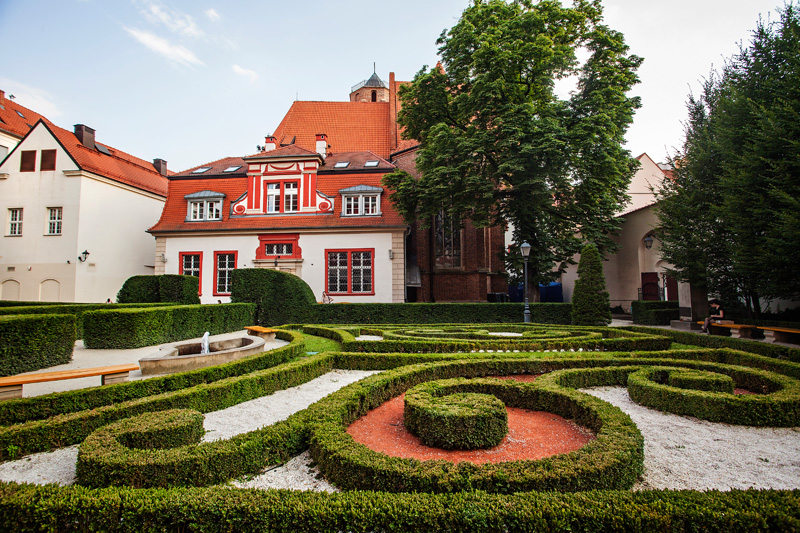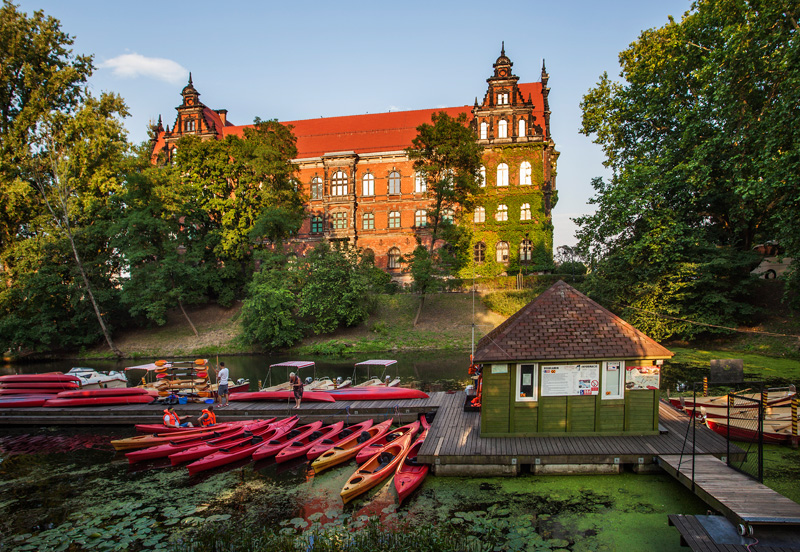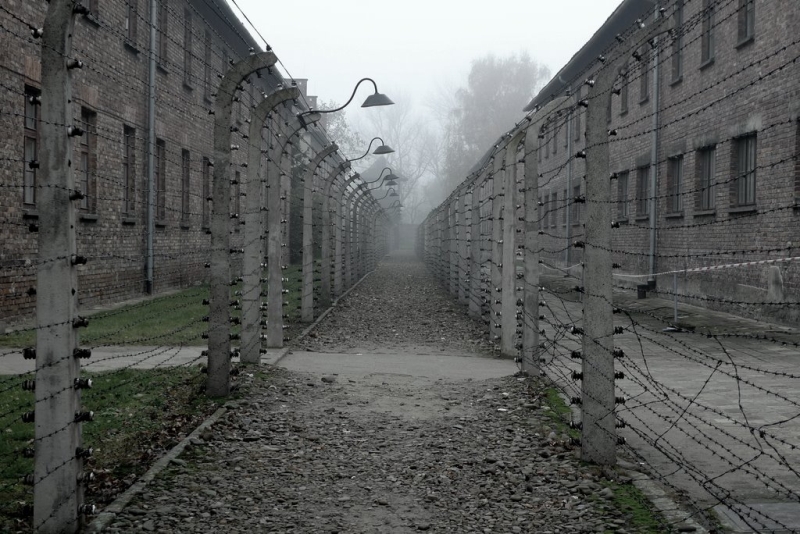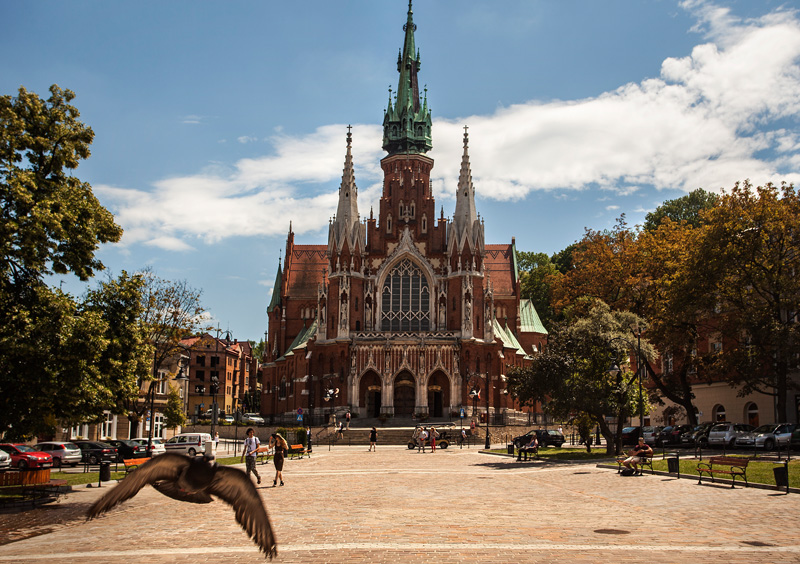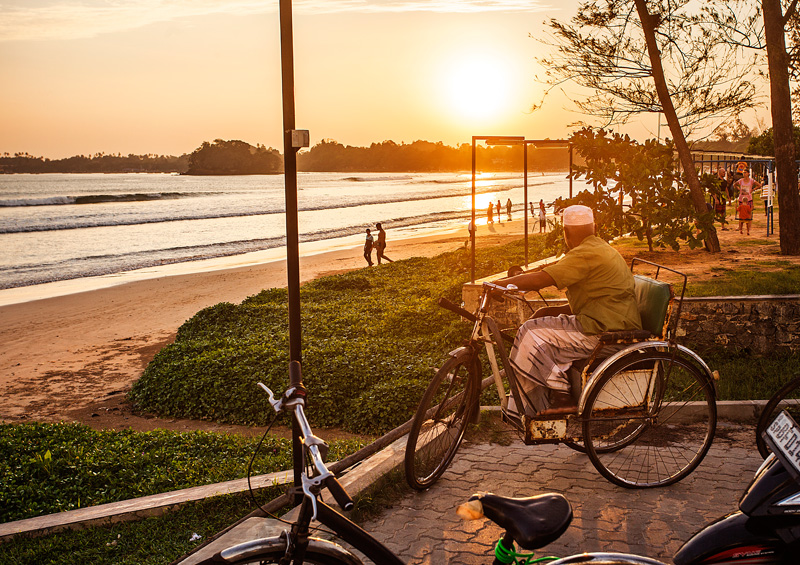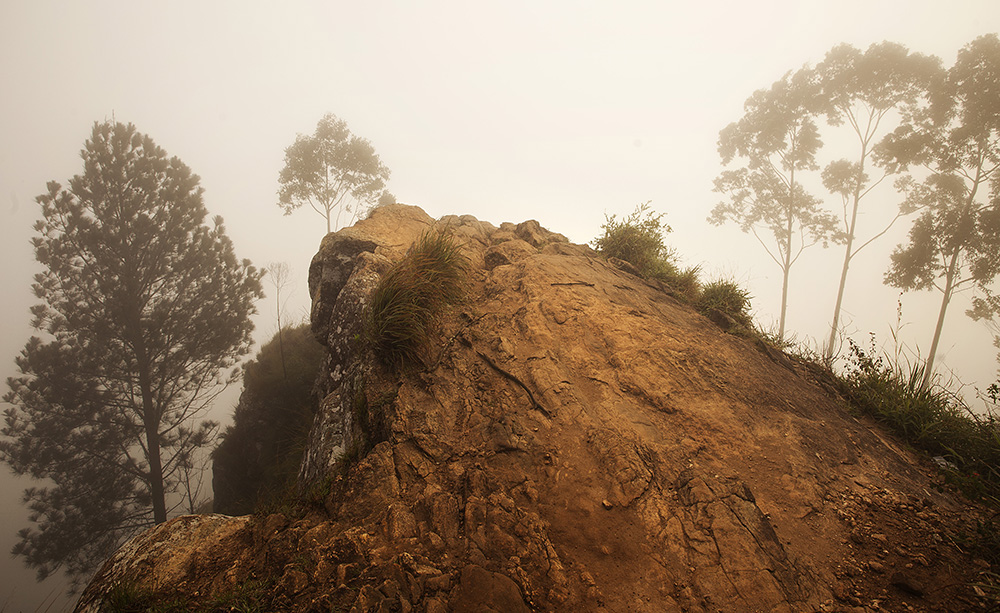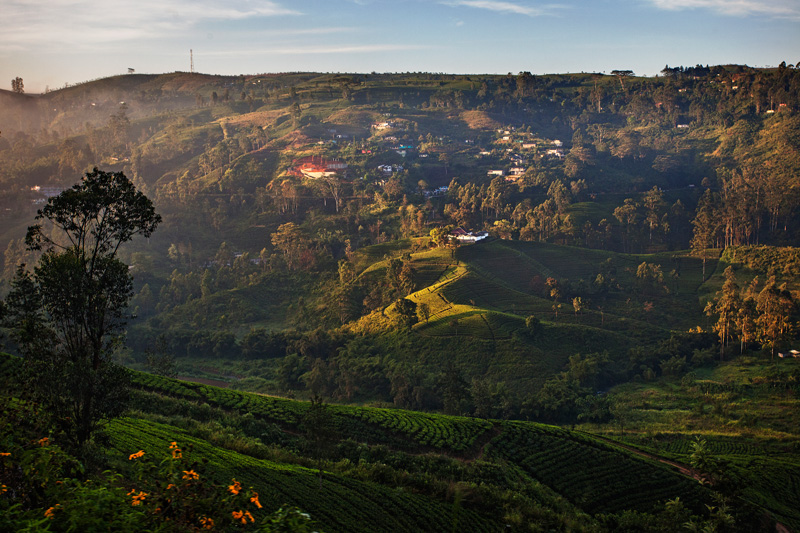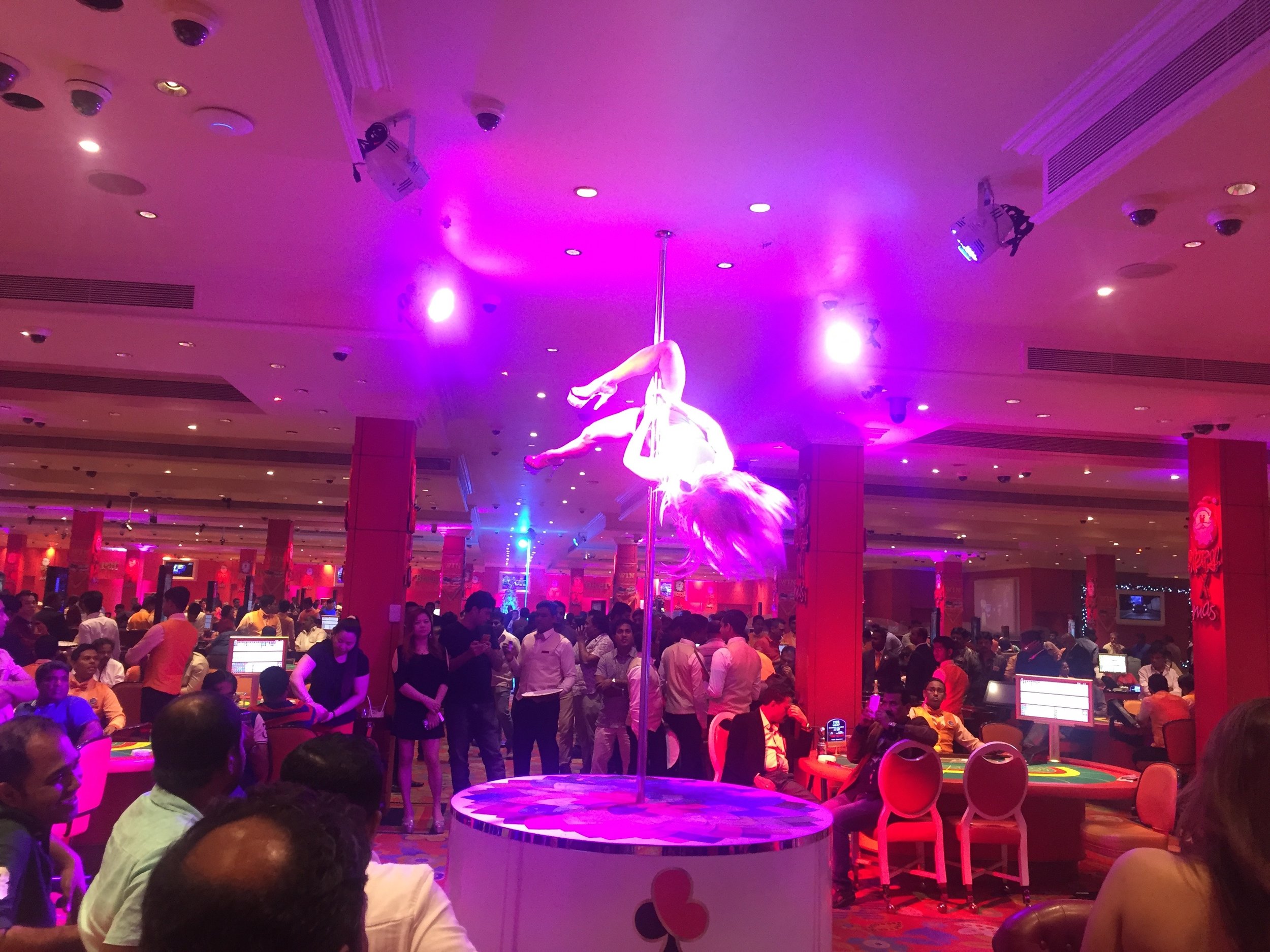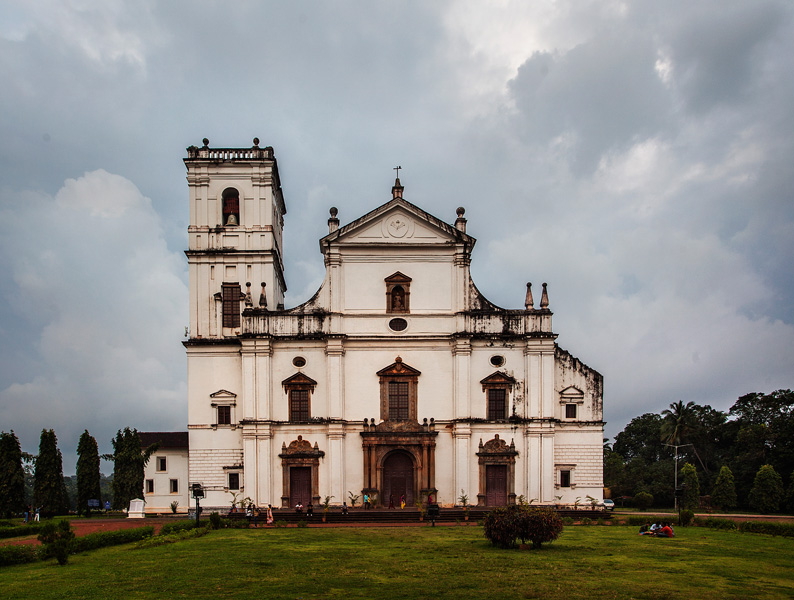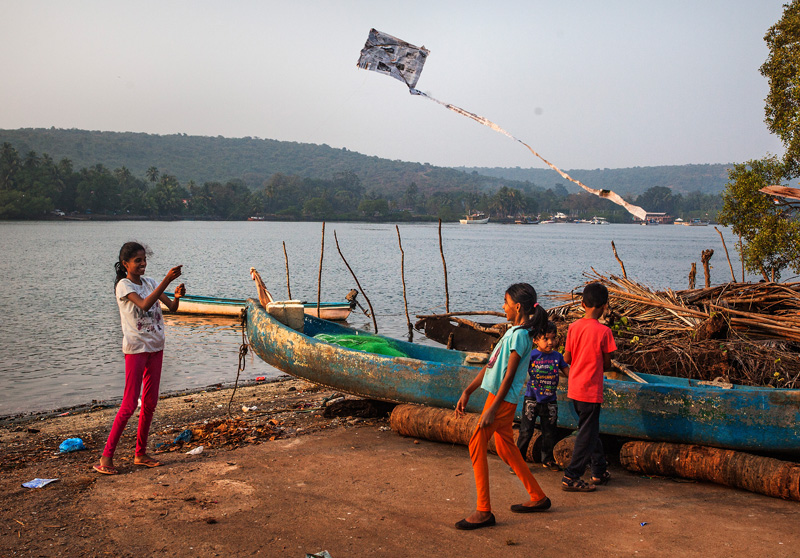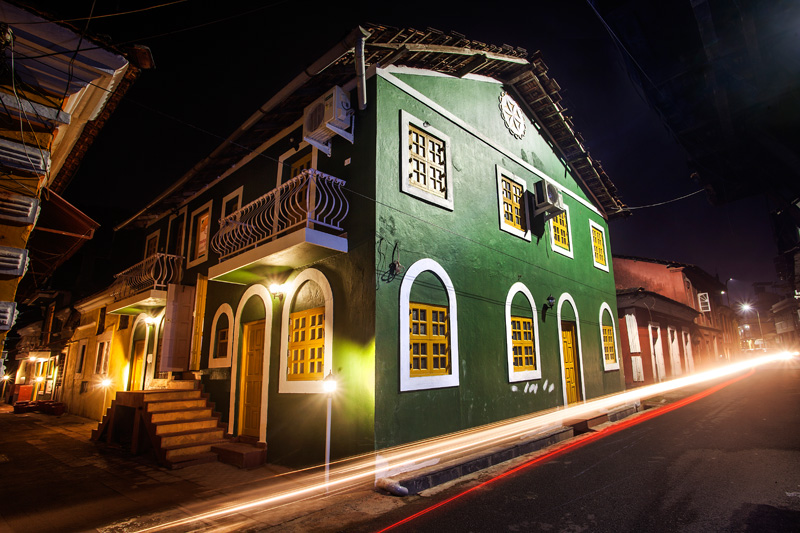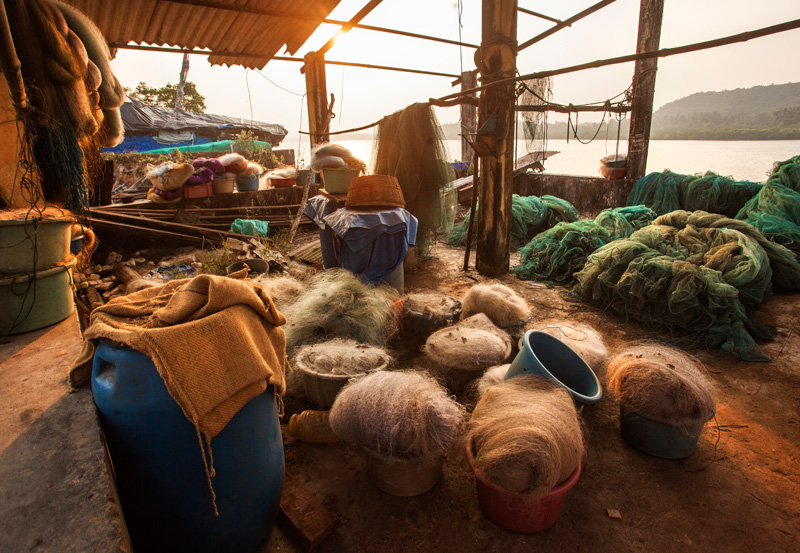So last post I was in Hasankeyf, here's the next part of the trip
Midyat: A smaller city with many well preserved Syrian Orthodox churches. It’s most famous for it’s Mor Gabriel Syriac monastery outside of town, which was founded in 400 AD and still functions today, serving the small Christian community nearby. It conducts its weekly masses in Aramaic if you’re around on Sunday. Tours cost only $1, although they’re supposed to have some tour guides that speak English, but there were none around when I was there, so Turkish it was. Back in town everyone goes to the top of the highest building in old town to watch the sunset, which was pleasant. There is a nice old town to walk around. I just stayed one night here and that was enough.
the walls of the old town
goats on the loose!
whose gonna get em?!
Mor Gabriel Monastery
Mardin: Another ancient city, this one located on top of a big hill with views that look out over the plains of Mesopotamia. It’s a surprisingly nice city that seemed to be quite popular with domestic tourists. The main street and the shopping district was crowded with people, even during the middle of the day when it’s miserably hot. It has come a long way from the 90’s when the city was inaccessible due to the government and PKK fighting. Like most old towns, there are some interesting churches and mosques you can find hidden in the labyrinth of narrow streets and alleyways. Lots of people really like Mardin, but I found that one whole afternoon and morning of walking around was enough for me. Also I never do anything in the middle of day because its too hot, so rather than lying around in bed, I feel like I might as well hop on an air conditioned bus and get from point A to point B during the middle of the day instead.
the city on the hill
some interesting doors
overlooking the plains of mesopotamia
cats everywhere. This one didn't run away!
Diyarbakir: The walled city. One of the largest cities in the region and was the center of many clashes between the government and the PKK when the violence was near it’s peak. I think the UK government still has a travel warning on this city for some reason. It didn’t feel very dangerous to me. The old city was certainly more run down and poor, and had a much grittier feel than anywhere else I’ve been to in Turkey. There were still piles of rubble left around from the clashes with the government. But I really enjoyed it. The place had character. Old people sitting on street corners, bands of kids running amok, guys wheeling carts of peaches down the cobblestone streets. For walking around and observing local life and taking some street photos, it was my favorite place in Turkey.
Although I did have someone try to pick my pocket when I was walking around the back alleyways. I passed a group of kids who surrounded me yelling hello hello!, which was odd because normally they just stare at you or ignore you. There were also some teenagers around and one of them ran up behind me and tried to slide his hand in my front left shorts pocket where my iphone was. The pocket is actually surprisingly narrow and he had trouble getting his hand in and I was able to swat his hand away, and then he sprinted back to his group of friends.
I reflexively yelled back at him “You piece of shit!”, he yelled “motherf’cker!” There wasn’t really anything left to do at that point but get the hell outta there. The last thing I need is to get the shit beaten outta me by a group of teenagers! So that dimmed my perception of the place a little bit, but it’s mostly an unfortunate reflection of the economic situation in the old city. Although it makes me wonder if this was in the US and the person in my place was packing with a concealed carry permit, how a scene like this would have went down. It just seems so easy for something, that in grand scheme of things just isn’t that big of a deal (even if he had nabbed my phone) to turn violent or deadly when peoples emotions are running high and there is a gun around. Although most people on the right seem to think that if someone takes your property they deserve whatever happens to them, and if that’s death, then so be it, because that 15 year old kid was a CRIMINAL! I can’t stand gun nuts. Ok, moving on! Here’s a ton of street shots:
Karadut: The small peaceful village on the foot of mount Nemrut. You can walk around it in 10 minutes. The only reason you’re there is to take a tour up to the top of the mountain at sunset or sunrise and see the mausoleum of King Antiochus 1, the ruler of a small Armenian kingdom called the Commagene. Antiochus claimed he descended from Alexander the Great on one side of the family and Darius the Great of Persia on the other, and was very insistent that he was a God-King.
So befitting of a god he had his tomb built on top of the region’s tallest mountain, where his followers could come and pray and worship him long after his death. Protecting the mausoleum were massive stone structures representing both Greek and Persian deities, reflecting his so called lineage. The heads eventually became dislodged from their structural bases at some point (nobody know how or why) and now are placed at their feet. You can see the heads of the Greek gods: Zeus, Apollo, and Eres and the Persian gods: Oromasdes and Mithras. The site one the greatest architectural achievements of the Hellenistic era and became a world heritage site in the 1980’s, which Antiochus surely would have liked!
Sanliurfa: A large Kurdish city, known as the city of the prophets. Old testament guys like Job, Jethro, and Elijah lived here (and they say Moses was being a shepherd off in the countryside), but the most famous is Abraham. There is a famous lake in the city where, according to the Koran, the cruel King Nemrod threw Abraham off the mountain and into a great fire, but God turned the fire into water and the sticks in fish. It’s very popular with the locals to come and feed the fish. But besides the religious history, Urfa’s surrounding areas contain some of most important places for understanding ancient civilizations. It’s astounding how many sites are being excavated and from so many different time periods. And in town they have a brand new archaeological museum, which is one of the best museums I’ve ever been in. Costs $1.25.
The most famous of all the excavation sites is called Gobleki Tepe, which was discovered only 23 years ago. It is believed to be the worlds first temple, dating back to 11,000 BC. Now keep in mind the pyramids were built around 2500 BC and Stonehenge around 3100 BC, so this is shockingly old. It’s so old that it predates agriculture (around 9500 BC) and pottery (around 10,000 BC), meaning that it was built by hunter-gatherers. This also upends how archaeologists traditionally viewed how ancient societies developed. Shmidt, the German guy who found the place says:
“these new findings suggest a novel theory of civilization. Scholars have long believed that only after people learned to farm and live in settled communities did they have the time, organization and resources to construct temples and support complicated social structures. But Schmidt argues it was the other way around: the extensive, coordinated effort to build the monoliths literally laid the groundwork for the development of complex societies"
So it’s some pretty wild stuff! Even I got excited about it and I haven’t cared about anything archaeology related since watching Indiana Jones movies when I was a kid (the last Indiana Jones movie not included!).
So it is a very unique and historical region!












